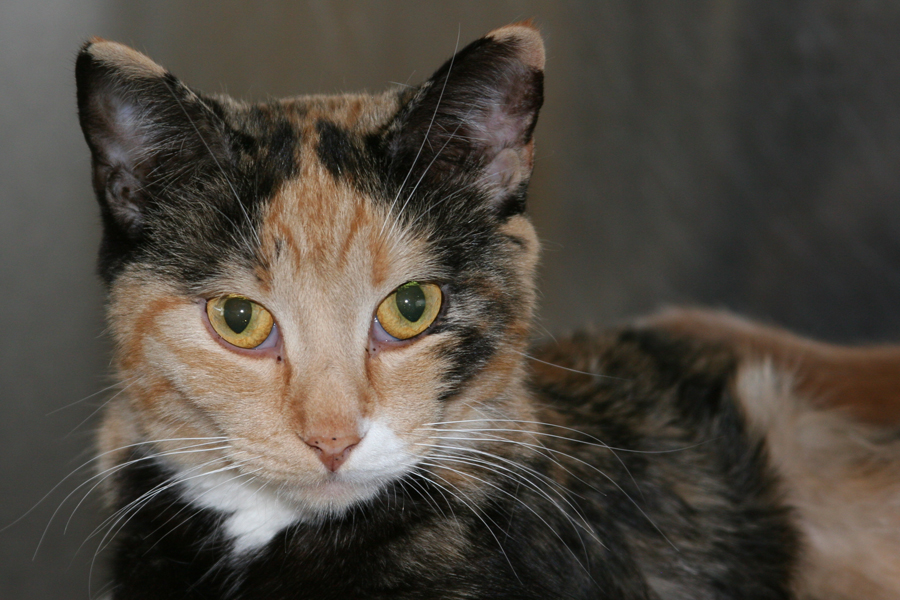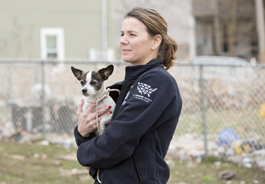
14 Nov SECOND CHANCE: SANDY + RAMONA + CLEO
Editor’s note: It’s no secret. The Telluride region is dog heaven. Unless you are one of our furry friends who gets caught in the maw of neglect and abuse. Then heaven is on hold until Second Chance Humane Society comes to the rescue.
Second Chance is the region’s nonprofit dedicated to saving animals’ lives and promoting responsible pet parenting and human-animal bond. In her weekly blog, executive director Kelly Goodin profiles two of the many animals from the no-kill shelter, Angel Ridge Shelter, a dog and a cat, hoping to find them loving homes.
The column is sponsored by Ted Hoff of Cottonwood Ranch & Kennel, who from time to time exercises his skills as a dog whisperer and partners with Kelly and her staff to help train a particularly challenging animal.
Hurricane Sandy’s Animal Victims:
The scope of the destruction left by Hurricane Sandy is immense and hard to grasp fully from across the Divide. Although there are just a fraction of animal rescues compared the Katrina’s victims, those operations are still in full swing.
As general cleanup and rescue efforts continue, it will likely be months before we know exactly how many pets were lost or displaced. According to the American Humane Association, however, some 15 million dogs were in the storm’s path. The flood-ravaged areas of New Jersey are still yielding up a steady stream of animals needing rescue, care, and shelter. Many residents tried to ride out the storm with their pets, but they have been doing so in flood-damaged homes with no heat and no electricity.
Animal rescue efforts aren’t just ad hoc: organizations such as Best Friends Animal Society (www.bestfriends.org), the Humane Society of the United States (www.humanesociety.org), and the ASPCA (www.aspca.org) have deployed teams to New York and New Jersey to assist in search-and-rescue operations, give food and medical care, and create temporary emergency shelters for pets found lost in the storm.
To some, pets may not be a primary concern in the aftermath of a storm that claimed not just homes, but human lives. But according to many who have spent the last few weeks working around the clock to help reunite families with their animals, the loss of a pet can be deeply emotionally traumatizing.
“I’m in a shelter day by day with these people who have nothing left,” says Niki Dawson, Director of Disaster Services for the Humane Society of the United States. “They don’t know if they can go home. They’re depending on clothes from the Red Cross. To see their faces light up when they are able to pet their cat or walk their dog, that, is what makes you understand. Over and over again we hear from people, ‘I don’t care if I lost my house. I don’t care if I lost my car. It’s just stuff. At least I have my dog.’”
On the barrier islands devastated by Sandy, helpers are bringing in an average of 60 displaced animals every day. In areas such as Staten Island and the Rockaways— regions of New York similarly impacted — the situation is not quite so dire, largely because of New York City’s unusual, and impressive, approach to disaster planning.
In 2006, following Hurricane Katrina, in which some quarter of a million pets died after being left behind by their owners, Congress passed the Pets Evacuation and Transportation Standards Act, requiring that state and local disaster plans include pets in their procedures. In 2007, New York City assembled a task force to help with that planning, and the result, experts say, is the strongest implementation of the Act in the country. In the wake of a disaster like Sandy, all of New York City’s shelters are required to accept pets, as are city taxis and even public transportation systems.
“It’s not just feel-good legislation,” Dawson says. “If people are not encouraged to bring their pets with them, if they don’t have the comfort and security of knowing their pets will be cared for, people will not follow evacuation orders. People will put themselves in harm’s way, and put first responders in harm’s way if they have to be rescued.”
Hopefully New York City’s investment in its pets’ long-term safety will provide a model and the motivation for all communities to do the same.
If you are interested in helping with the rescue and reunification efforts you can make donations to one of three national organizations named above or look online to find an organization directly impacted by the storm with an overflow of displaced pets.
And now a word from our adoption seeking friends.
RAMONA:
My name is Ramona and I am a beautiful Pug/Chihuahua mix (a Puhuahua?). As you know, animals like to live in the moment so I don’t dwell on how I became homeless and you shouldn’t either. What is important about me is that the shelter staff all think I am an adorable little love bug. I love to play with toys and people and would thus appreciate a home where someone will be willing to indulge me in some fun games. Second Chance is a nice place to be for now, but I’d really like to find my forever home. If you’re looking for a big heart in little package, come meet me today…
CLEO:
Purrrrrr…. My name is Cleo and I was delivered to Second Chance with my four kittens because my former family just had too many animals. That is why it so important to get your pets spayed and neutered. With an unaltered pet you could have your hands full before you know it. I am an extremely lovely tempered girl and I was an excellent mother to my kittens, but now am ready for a home of my own. Like all adoptable pets here at Second Chance I have been spayed, vaccinated and microchipped (the ol’ snip, slip and chip combo) and am good to go.
Note: Call the SCHS Helpline at 626-2273 to report a lost pet, learn about adopting a homeless pet, or about the SCHS Spay/Neuter, Volunteer, Feral Cat, or other Programs. View our shelter pets and services online: www.adoptmountainpets.org.





Sorry, the comment form is closed at this time.